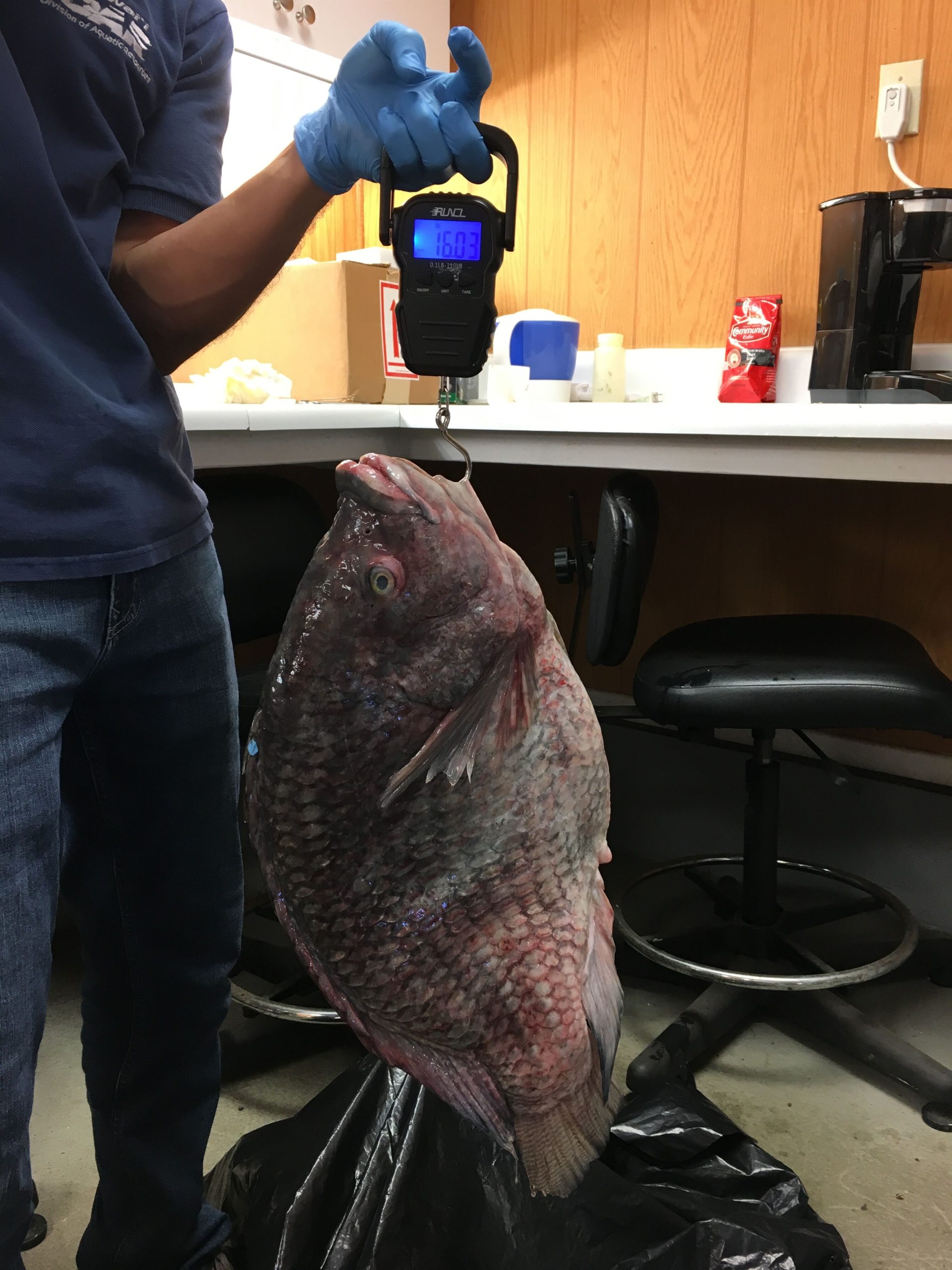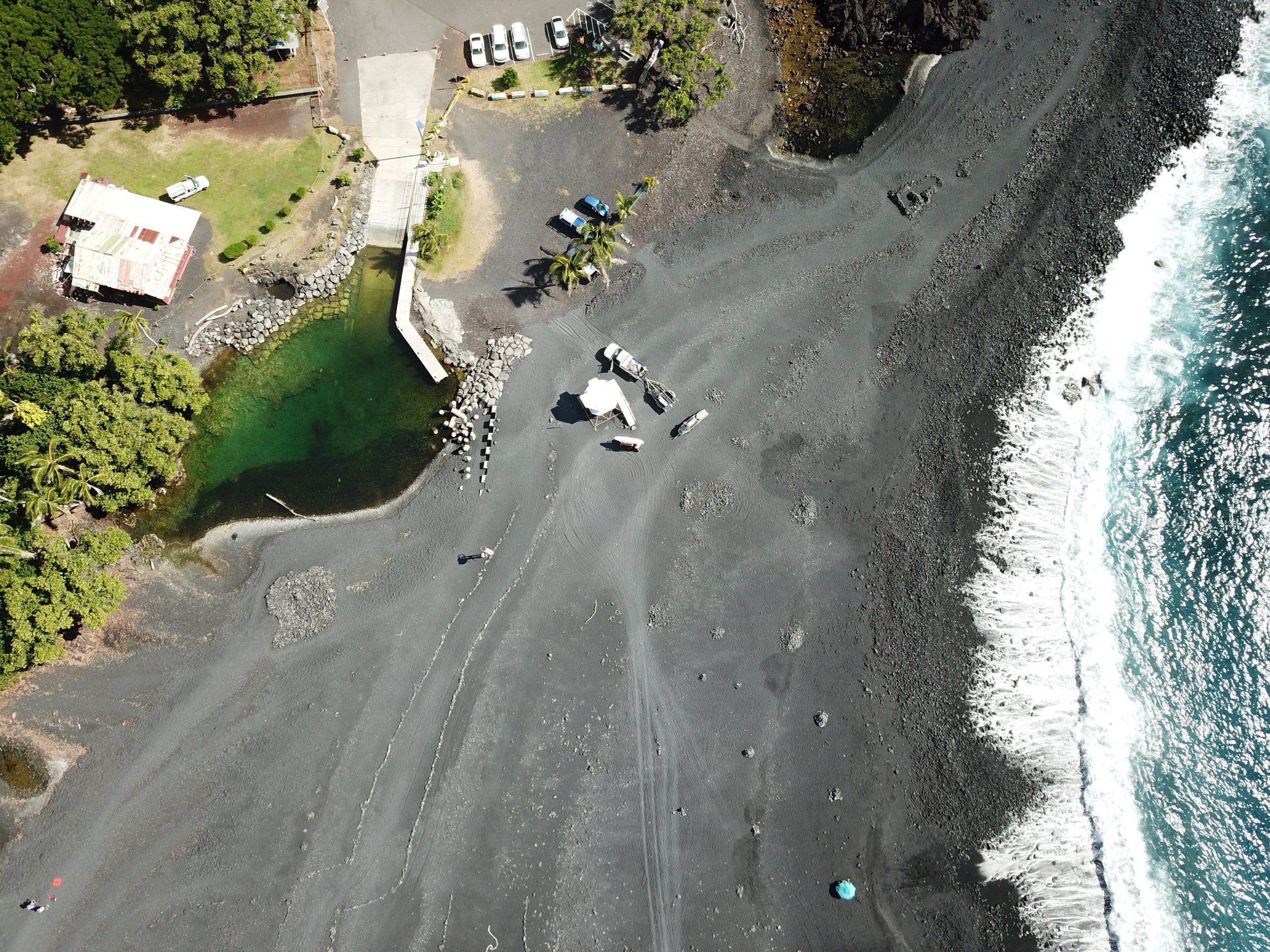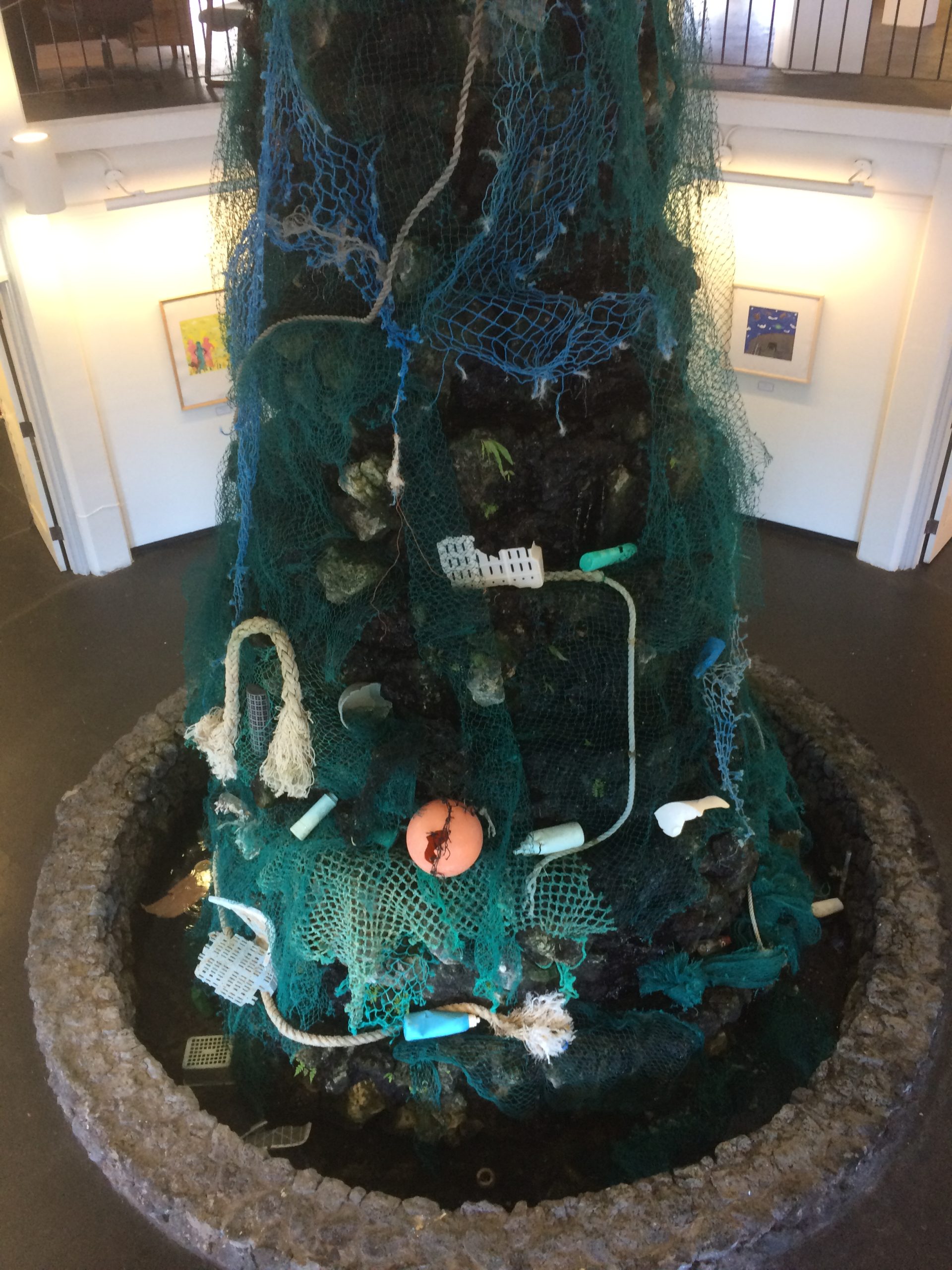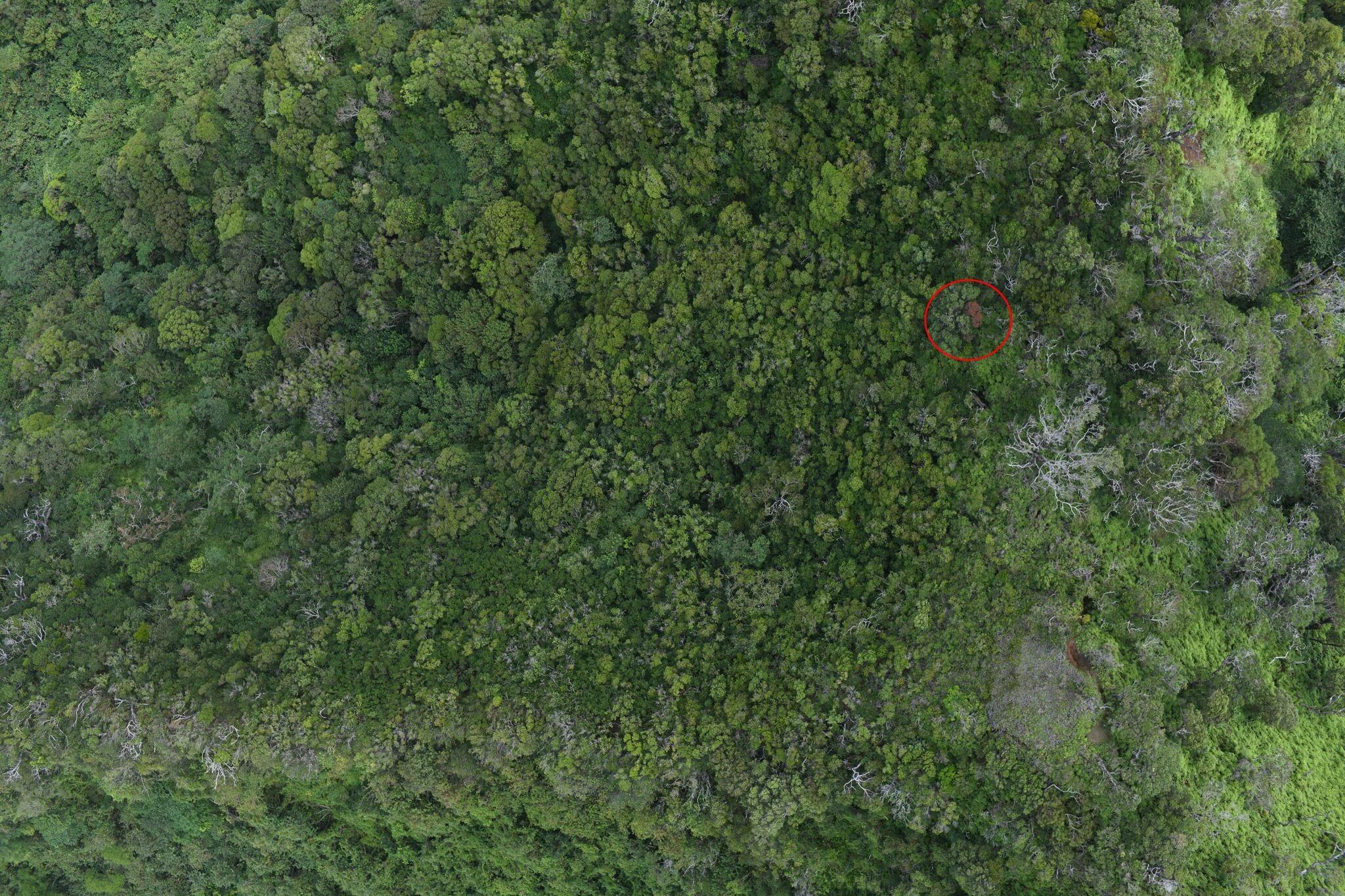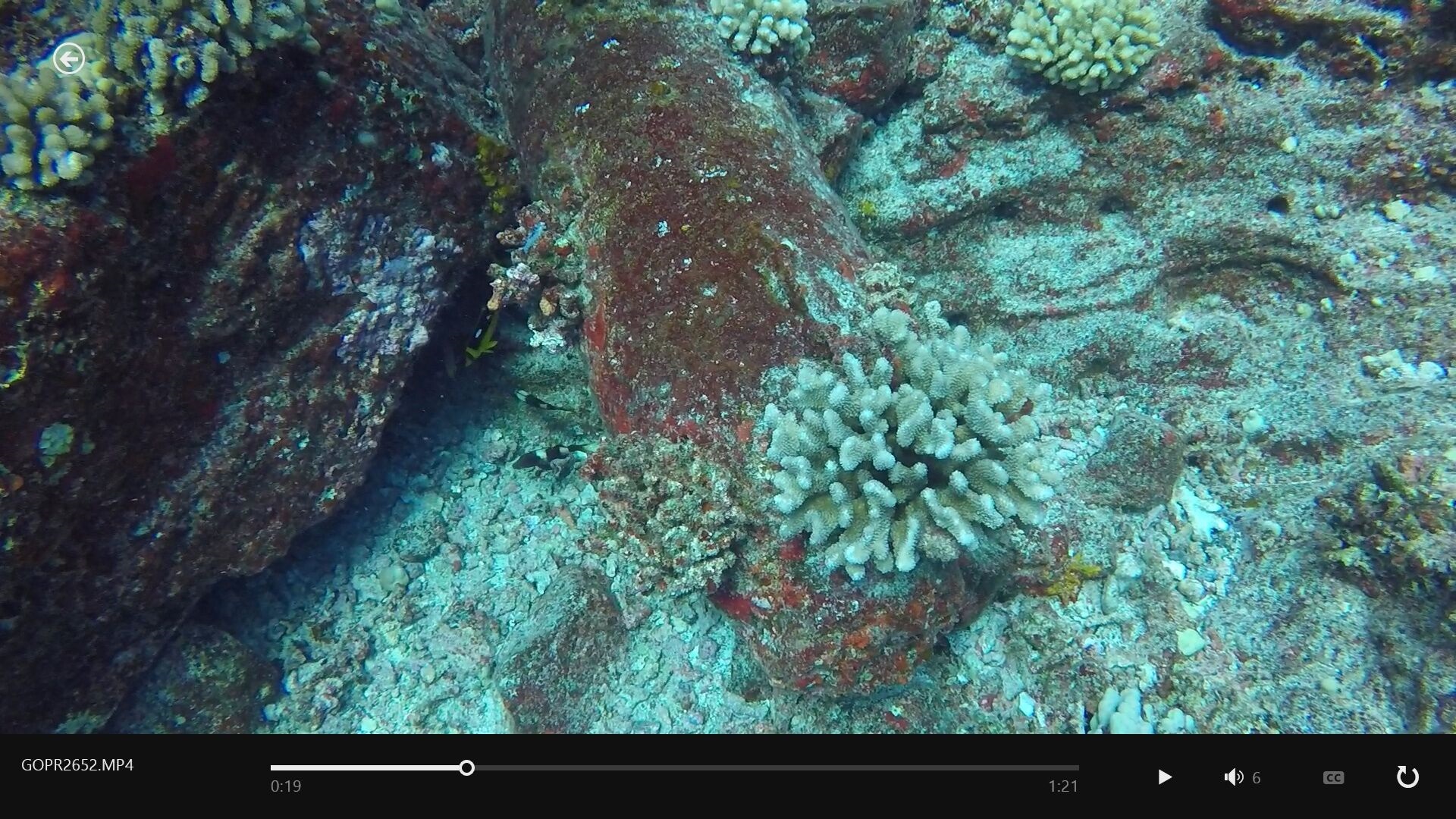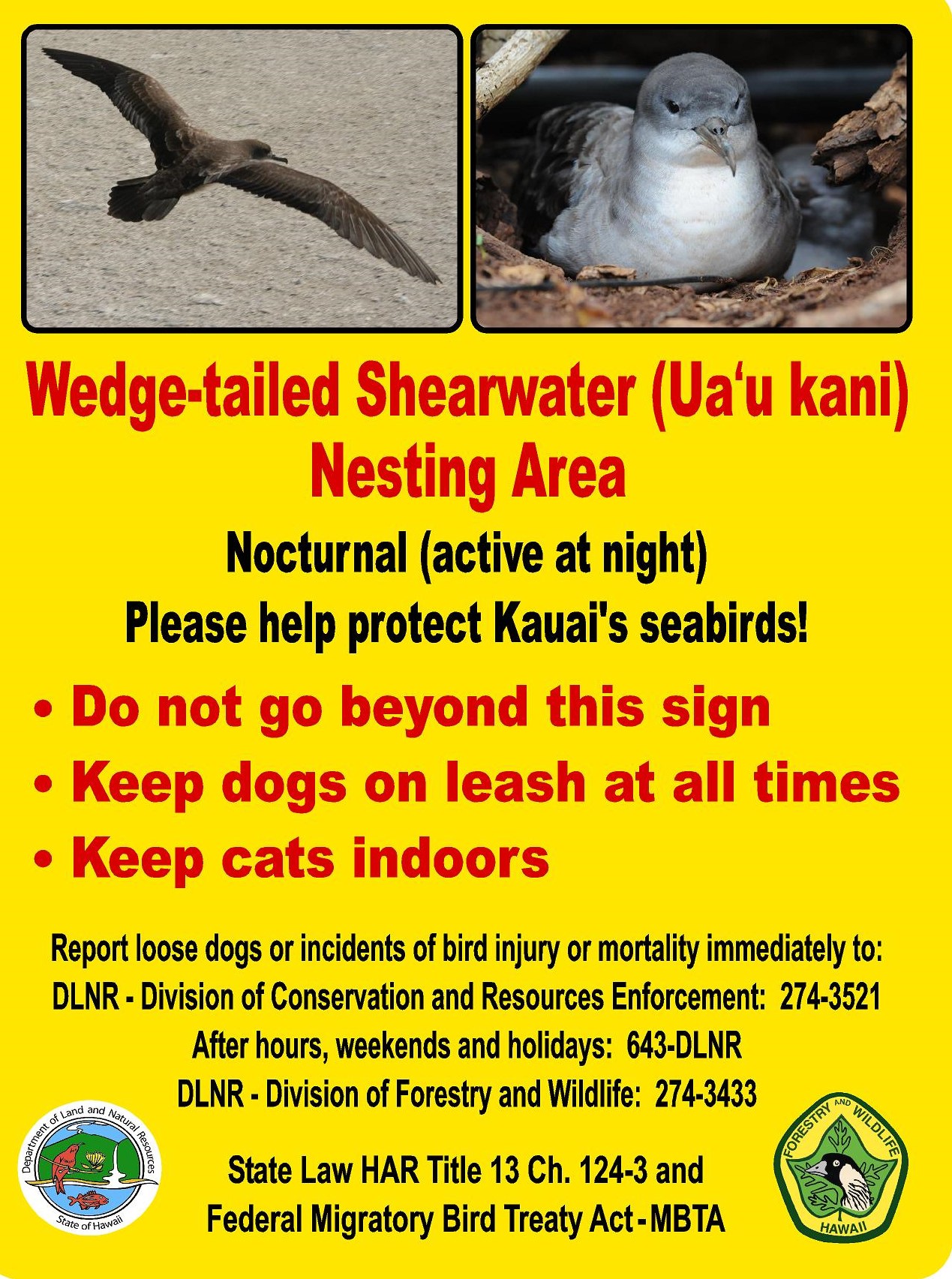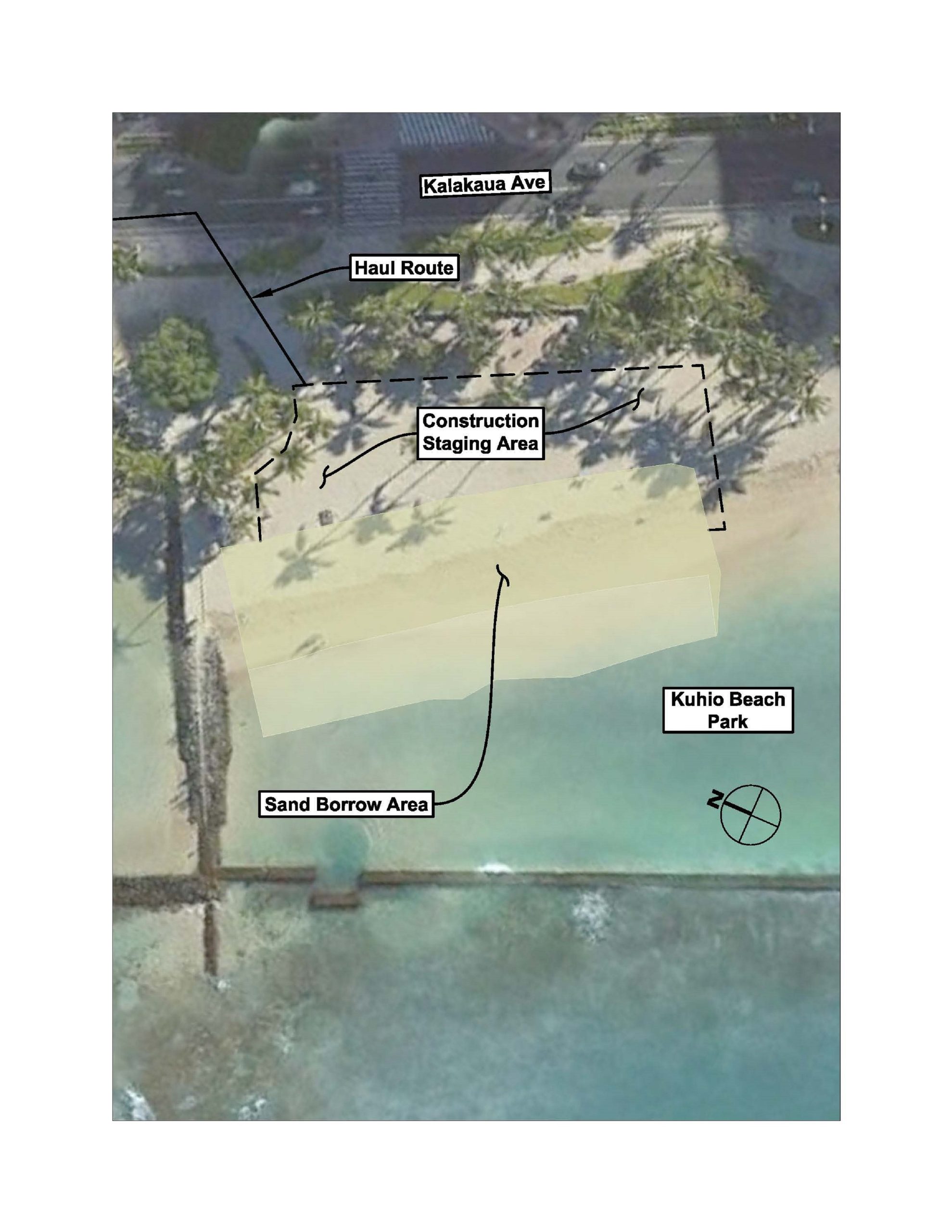(Hilo) – Aquatic Biologist Troy Sakihara is dealing with tilapia a lot these days. After he was featured in news reports about an invasion of Nile tilapia in the Wailoa and Waiakea waterways on Hawai‘i Island, a local man brought his recently deceased tilapia to Sakihara. It was a whopper, to say the least. Weighing in at a hefty 16 pounds and 62 centimeters long, Sakihara says it’s the biggest of this species of fish he’s ever encountered.
Media
(Pohoiki, Hawai‘i Island) – An enormous and ever-growing black sand beach is not the only new feature at Pohoiki, the site of a former boat ramp, rendered obsolete after being surrounded by lava. Biologists from the DLNR Division of Aquatic Resources (DAR) have noted at least seven anchialine pools dotting the Pohoiki landscape.
(Hilo) – A free event at the Wailoa Center is being held to encourage everyone to use plastic free bottles to help the environment. In 2018, the DLNR Division of State Parks was awarded a grant to install 19 water bottle filling stations on Hawai’i Island, Maui, O’ahu and Kaua’i. The goal of the project is to reduce the number of single-use plastic water bottles that park visitors use during their visits to state parks.
(Honolulu) – An aerial survey of some 20,000 acres of forest on O‘ahu has resulted in the fourth detection of Rapid ʻŌhiʻa Death (ROD) in an ʻōhiʻa in the Moanalua Section of the Honolulu Watershed Forest Reserve above Tripler Army Medical Center.
(Honolulu) – In light of continuing or planned removal of unexploded ordnance (UXO) from the offshore waters of Mālaekahana Bay to La‘ie on O‘ahu and the Molokini Marine Life Conservation District (MLCD), off Maui’s south shore, state and federal authorities are advising people to follow the 3 Rs of UXO safety: Recognize, Retreat, Report.
(Nakula Natural Area Reserve, Maui) – In late October, thirteen critically endangered kiwikiu (Maui Parrotbill), were brought to the leeward slope of Haleakalā in the state’s Nakula Natural Area Reserve (NAR). Over the past decade more than a quarter million native trees were planted in this NAR and the adjacent Kahikinui Forest Reserve to repair decades of habitat destruction caused by overgrazing by hooved animals like goats, cows, and sheep.
(Wailuku) – Yesterday, a video documenting a substantial fish kill of native ‘o‘opu (gobies) at the mouth of the Wailuku River was brought to the attention of the Commission on Water Resource Management (CWRM). On Monday, CWRM began the installation of a fiberglass fish ladder on the face of the 22-foot vertical concrete wall located within the river’s flood control project just below the Market Street bridge.
(Li‘hue) – Off-leash dogs and feral cats are responsible for the massacre of between 140 and 150 Wedge-tailed Shearwaters (ʻUaʻu kani) on Kaua‘i during this year’s nesting season. The shoreline burrowing seabirds are easy prey for both dogs and cats. In the most recent incident, earlier this week at least 35 birds were found dead.
(Honolulu, HI) – A new Waikīkī Beach improvement project to help beach erosion is kicking off next week. The project includes construction of a 95-foot-long sandbag groin and the transfer of 700 cubic yards of beach sand from the Diamond Head swim basin of Kuhio Beach. The groin and beach sand will serve to stabilize the Diamond Head (South east) end of Kuhio Beach park fronting the Duke Kahanamoku statue. The purpose of the project is to fix an erosion hot spot in the far eastern corner of Royal Hawaiian Beach until such time a larger master planning effort for Waikīkī Beach can be completed.
(Honolulu) – The Wahiawā Freshwater State Recreation Area has been a fixture in the community for years featuring Lake Wilson as one of its prime features. This Saturday, the DLNR Division of State Parks is sponsoring a community event in partnership with the Wahiawā Community Based Development Organization (Wahiawā CBDO) entitled “A Day at Lake Wilson”.
